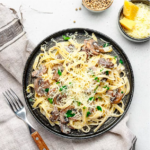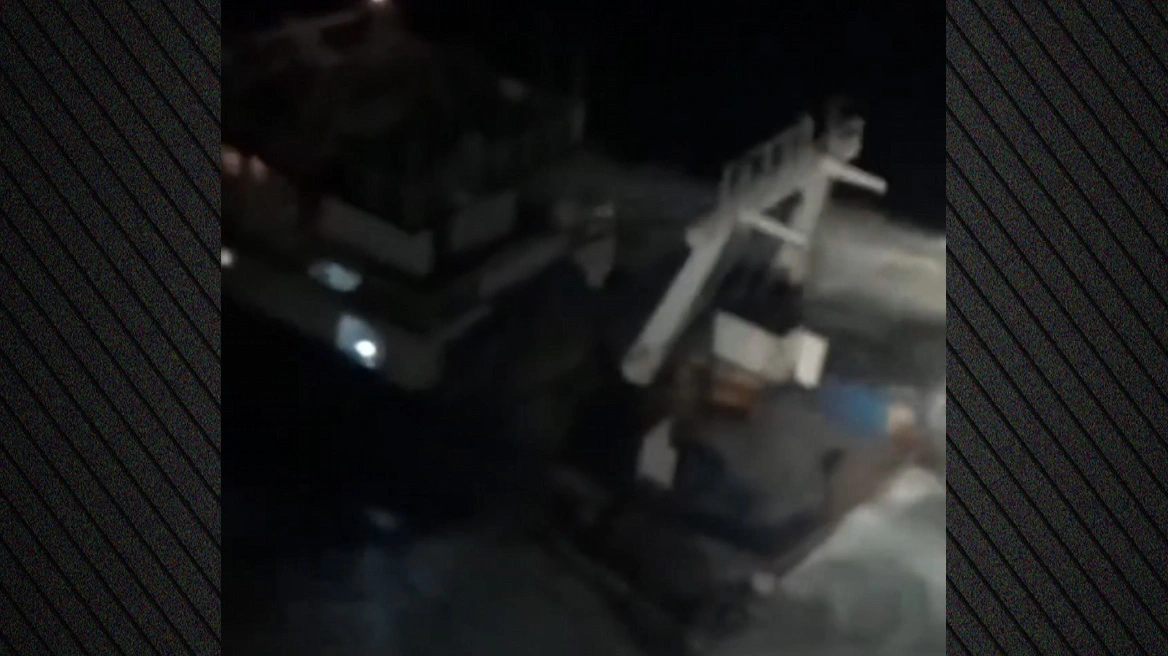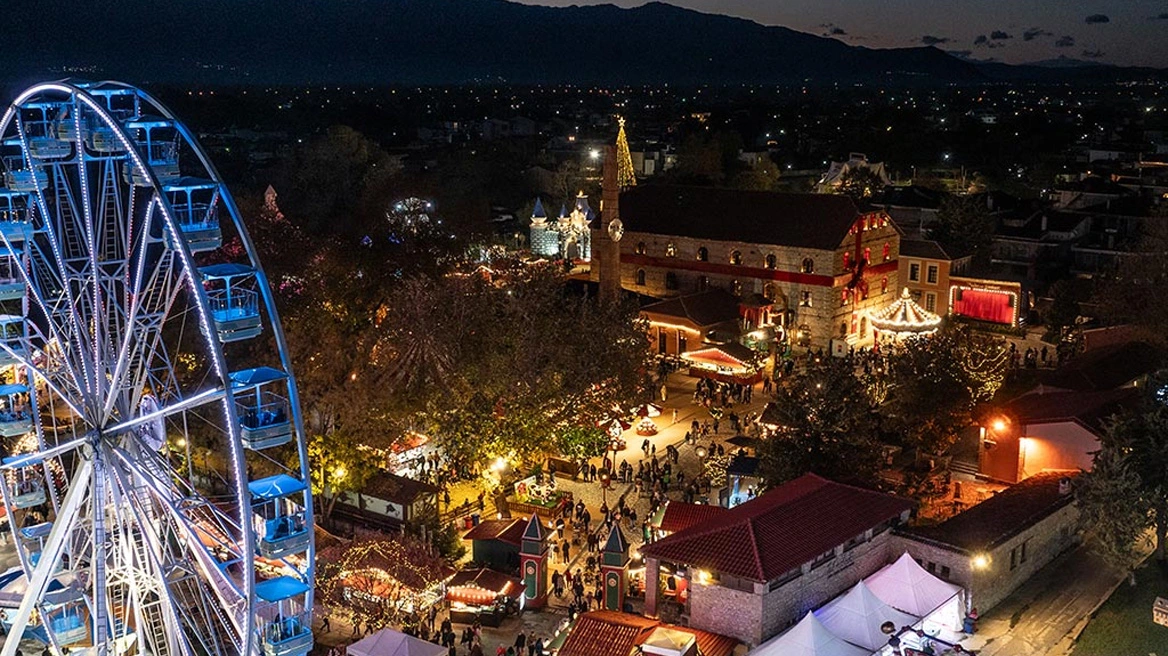Parmesan, with its full-bodied, rich, and mature flavor, its crumbly texture, and slight saltiness, is considered the queen of Italian cheeses, recognized and consumed globally, particularly as the ideal grated cheese for pasta. It is a cow’s milk cheese with long aging periods, usually reaching 24 months.
Without going into too much detail, it should be noted that the top quality Parmesan is Reggiano, where the milk comes from a strictly specific area in the Italian provinces of Parma and Emilia Romagna and is aged for at least 12 months. There is a more “affordable” version of this type of cheese, typically not called Parmesan but Grana Padano, made similarly in a broader area of the Po River Valley in Northern Italy and aged for at least 9 months.
The main difference in taste between them is the intensity, with Parmesan Reggiano having a much richer flavor, while Grana is milder. In practice, this means that as a table cheese, Reggiano, the true Parmesan, is unbeatable, but as a grated cheese on pasta, Grana works more discreetly without overpowering the flavors of the sauce like Reggiano might.
In both Italy and elsewhere, many pasta enthusiasts use the cheaper and milder Grana for their pasta, while choosing a good, aged Parmesan Reggiano as a table cheese. When served as a table cheese, Parmesan isn’t cut straight with any knife, but with a small special knife that creates irregular flakes, following the natural tendency of the cheese to break into smaller pieces. In grated form, any type of Parmesan requires a fine grater.

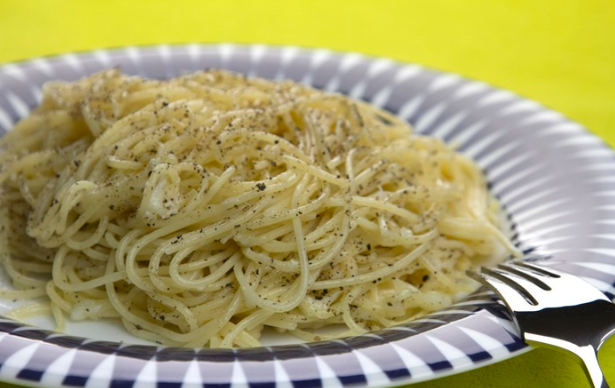
The key flavor characteristic of noble Parmesan is umami, the deep savoriness it imparts to any dish. A little-known secret is to use the Parmesan rinds, which are too hard to eat, in soups or sauces, where they slowly melt and infuse the dish with umami. Recently, I made a Bolognese ragù, adding some Parmesan rinds to the meat, which I removed before serving, resulting in a remarkable improvement in the dish’s flavor.

Although we tend to think of Parmesan as the ultimate grated cheese for any pasta, this isn’t the case in Italy. From the Lazio region (the greater Rome area) and further south, the dominant cheese is Pecorino, usually Pecorino Romano or Pecorino Sardo (from Sardinia). In the poorer, hotter South, there are far more sheep than cows, which thrive in the richer, grassier, and cooler North. And in case you hadn’t guessed, the word “Pecorino” means “little sheep.”
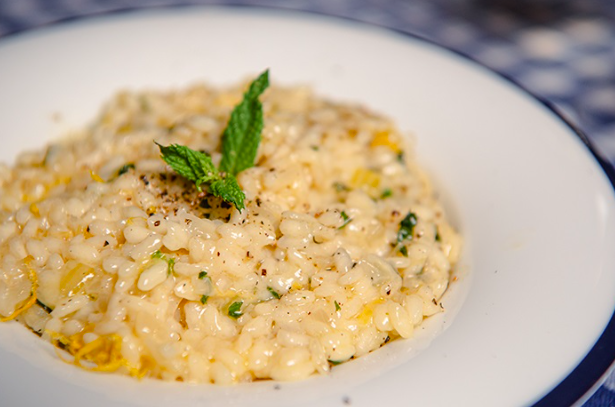
Italian Pecorino has very different characteristics compared to Parmesan. It is saltier and slightly softer than Parmesan. In terms of taste, it is decidedly bolder and rougher, with the rustic flavor of sheep’s milk dominating. It is more similar to dry mizithra, while Parmesan is closer to a mature Naxos graviera.
Pecorino pairs perfectly with the spicier, Mediterranean flavors of the South, such as olive oil, hot peppers, olives, garlic, onion, and tomatoes. Thus, Pecorino and only Pecorino should be used in all the classic recipes of Southern Italy, such as Carbonara, Amatriciana, Cacio e Pepe, or Puttanesca, where adding Parmesan is considered a grave mistake. The boldness of these humble ingredients demands corresponding intensity from the cheese, which only a sheep’s milk cheese can provide.
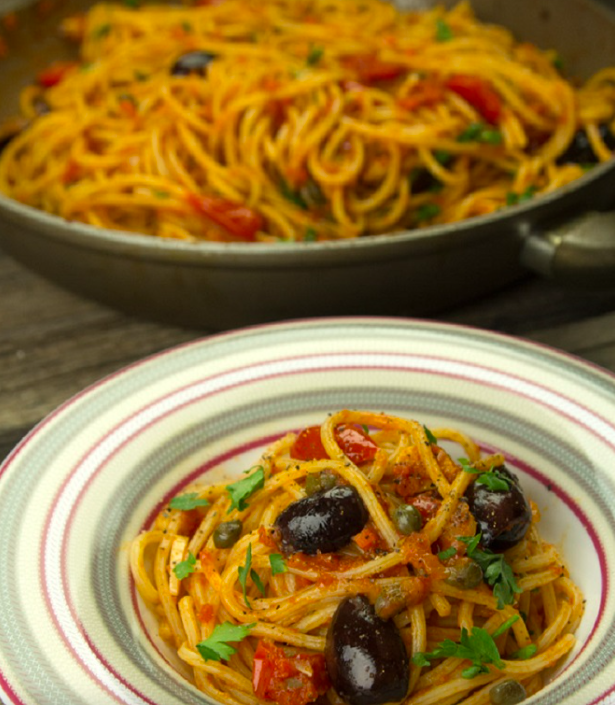
On the other hand, in a Bolognese, in butter or cream sauces, with prosciutto, mushrooms, or more delicate ingredients like artichokes or zucchini, Pecorino’s brashness is entirely out of place, and only Parmesan’s sweet nobility will do. Parmesan is also the essential cheese for any risotto, which is, after all, a dish from the North.
I recommend following the rules and philosophy of Italian cuisine when selecting the appropriate cheese for your pasta, primarily because they embody wisdom in matching ingredients and flavors, not just for historical reasons in the division of Southern and Northern recipes.
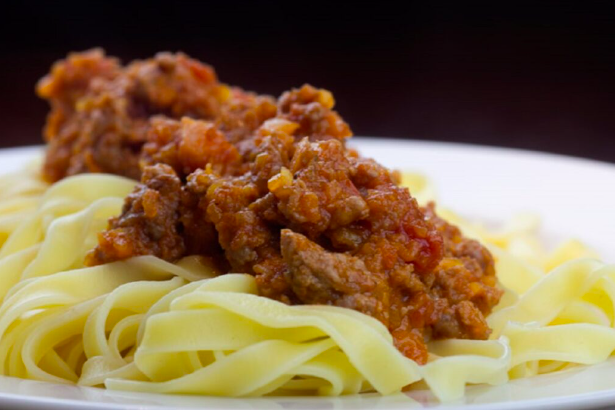
Here are a few related recipes:
Cacio e Pepe
The rich simplicity of Cacio e Pepe (cheese and pepper) is the essence of traditional Italian cuisine, achieving culinary miracles with minimal ingredients.
Pasta alla Carbonara
Carbonara, a legendary dish of Italian cuisine, though extremely popular worldwide, is often served with variations that deviate from the authentic recipe.
Risotto al Limone
Risotto al Limone is a year-round dish with minimal, simple ingredients and intensely flavorful.
Pasta alla Puttanesca
Puttanesca is the most famous Neapolitan recipe, known for the boldness of its flavor combination.
Ask me anything
Explore related questions
